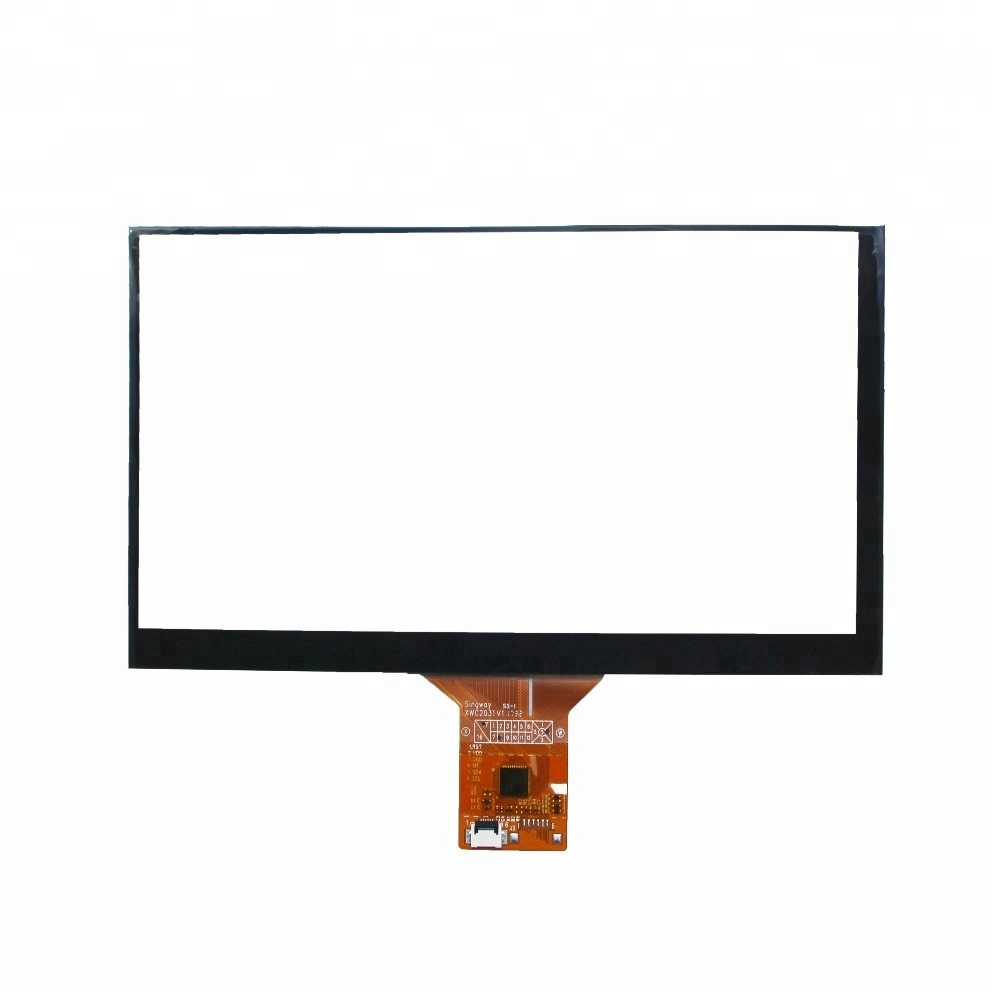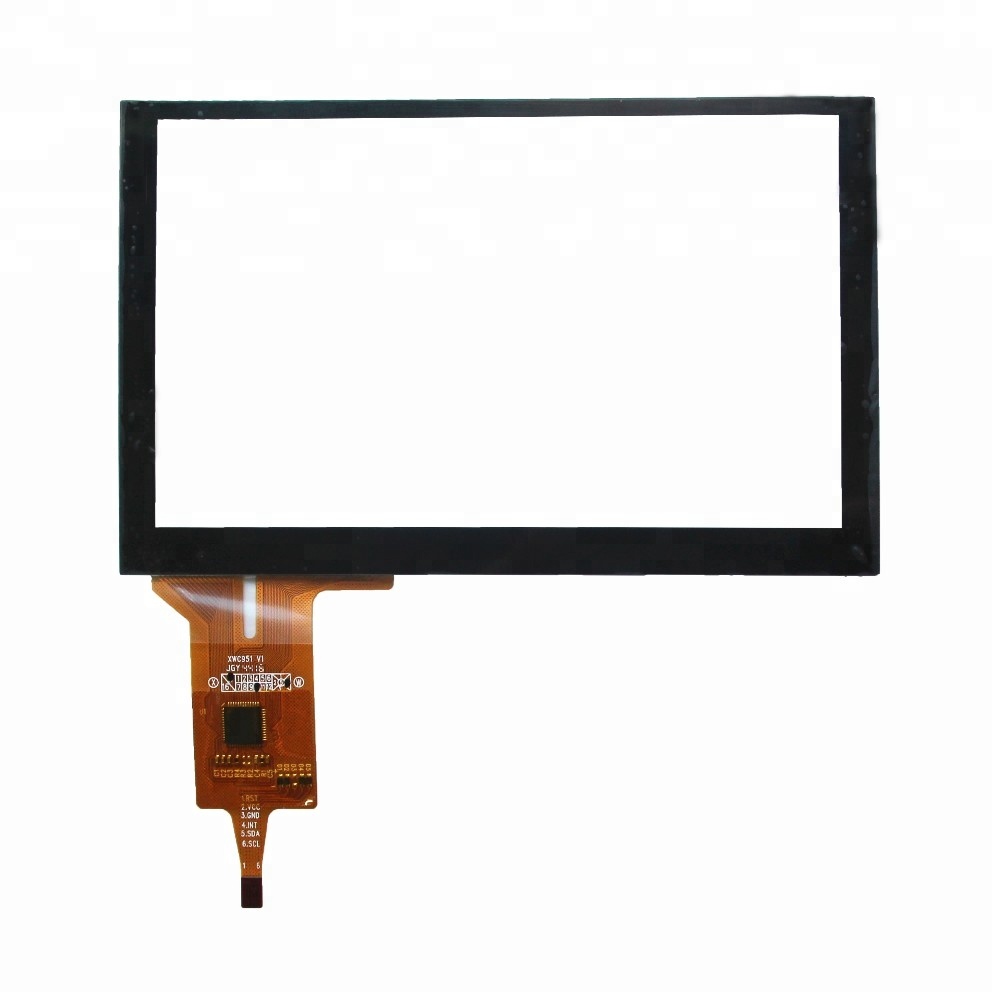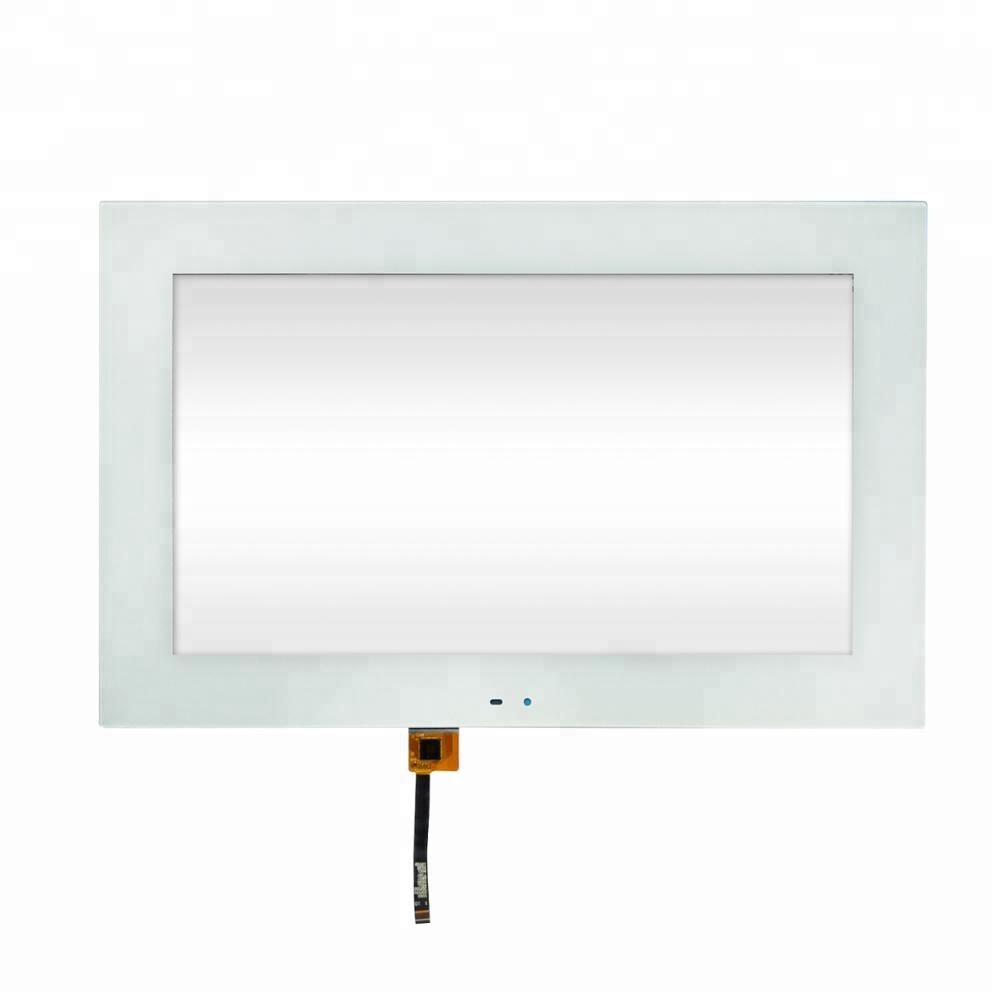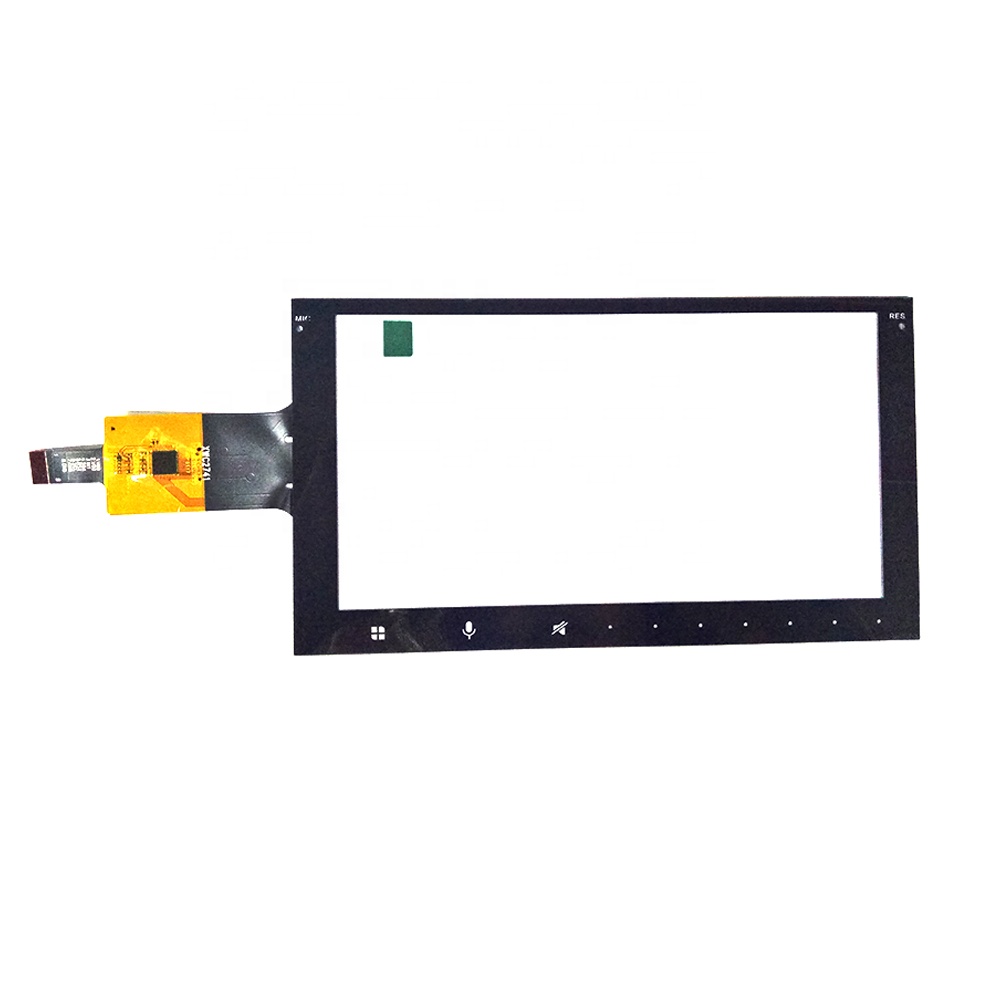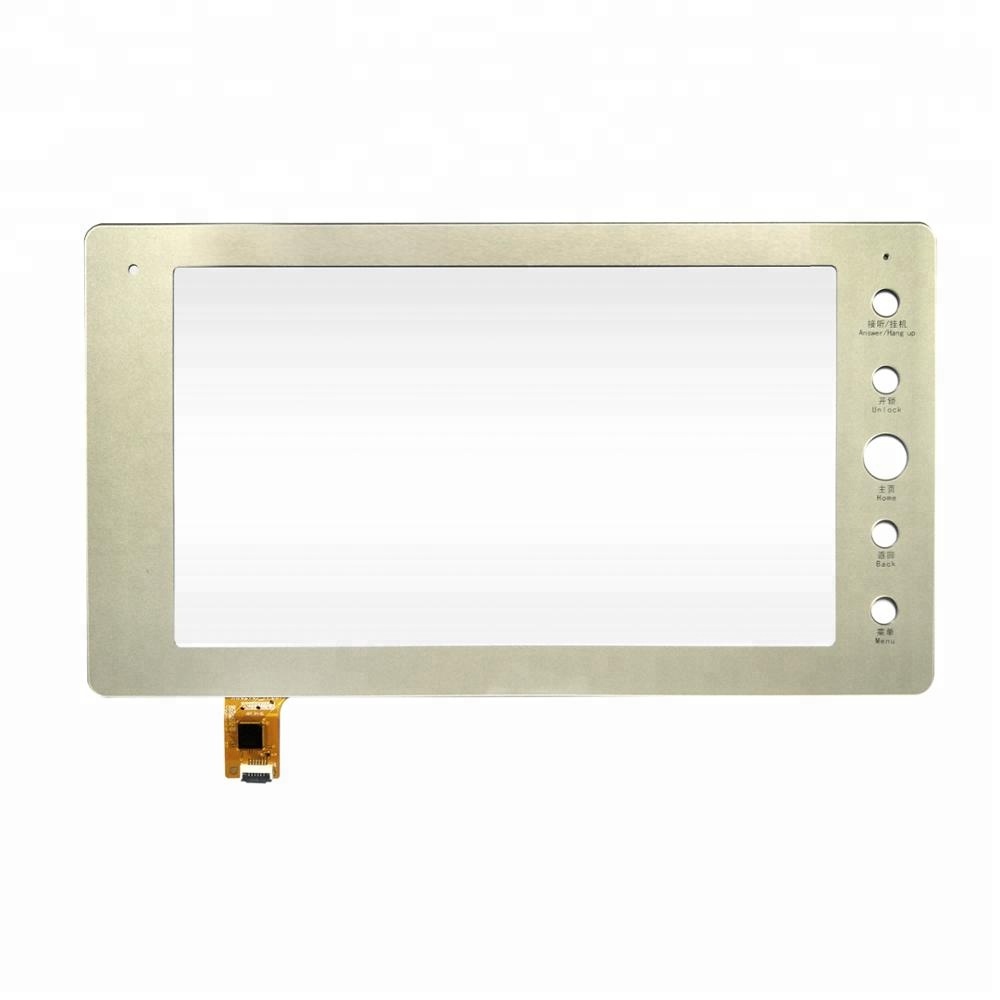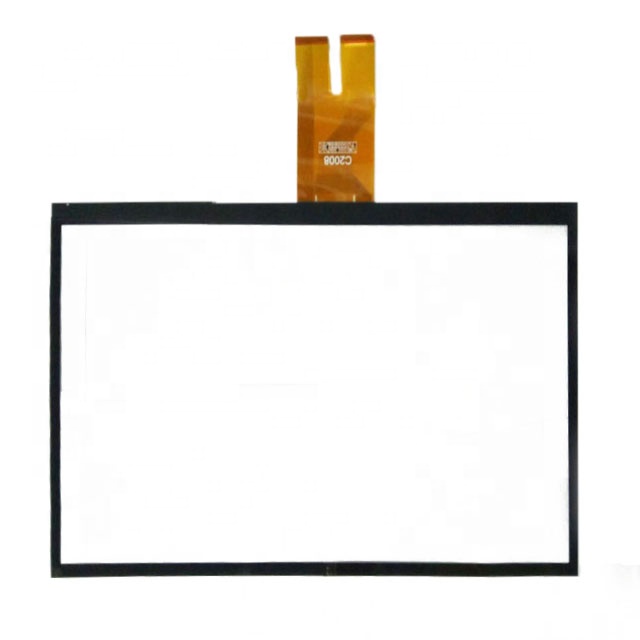Capacitive screen
Capacitive screen
Circuit Rating: 3.3-5V DC,35mA
Light Transmittance:
ITO FILM+ITO FILM+ITO GLASS≥70%
ITO FILM+ITO FILM≥70%
ITO FILM+ITO GLASS≥75%
Overlay+OCA+ITO FILM+ITO FILM+OCA+Support Plate≥68%
PET+OCA+ITO FILM+ITO GLASS≥72%
Contact Bunce Time: <10ms
Resolution: 4096*4096 Linearity<1.5% (Special Requirements<1.0%)
Operation Pressure: 60g-150g
Surface Hardness: 3H
Knock Life: > 1 Million Times,5 Wire > 35 Million
Times Stroke Life: > 10 Thousand Times , 5 Wire > 5 Million
Times Operation Temperature: -20℃ to +70℃
Storage Temperature: -30℃ to +80℃
Glass Thickness: 0.55mm, 0.7mm, 1.1mm, 1.8mm, 3.0mm Type of
Glass: Common , Chemical
Product description
Product parameters
一、 The main application scenarios of capacitive screens
1.Consumer electronics
Smartphones and tablets: This is the core application area of capacitive screens, almost all mainstream smartphones and tablets use capacitive screens, supporting multi touch, sliding, zooming and other operations.
2.Public and commercial equipment
Self service terminals, such as bank ATM machines, mall self-service checkout machines, airport check-in terminals, etc., have improved the convenience and accuracy of operation with capacitive screens.
Intelligent navigation and in car system: The in car touch screen (central control screen) adopts a capacitive screen, which supports the driver to quickly operate navigation, multimedia and other functions. Some models also support gesture control.
Digital signage: Interactive advertising screens in shopping malls and exhibition halls that enable users to interact with content through capacitive screens (such as querying product information and browsing exhibit details).
3.Industrial and professional equipment
Industrial control panel: In factory production lines and medical equipment (such as ultrasonic instruments and monitors), capacitive screens are used for precise parameter settings, and some products also support glove operation (requiring special design).
Educational equipment: electronic whiteboards, teaching tablets, etc., supporting multiple people to touch simultaneously (multi touch technology), facilitating teacher-student interaction.
二、 The core advantages of capacitive screens
1.High precision touch control
Capacitive screens recognize touch positions by sensing changes in human body currents (or conductors), with positioning accuracy much higher than resistive screens (traditional touch screens). They can accurately respond to operations such as clicking, sliding, and zooming, making them suitable for fine interaction (such as typing and drawing on mobile phones).
2.Support multi touch
This is one of the most significant advantages of capacitive screens. By recognizing the positions and changes of multiple touch points, complex gesture operations can be achieved, such as zooming in and out of images with two fingers, switching interfaces with multiple fingers, etc., greatly enhancing the flexibility of interaction (resistive screens usually only support single touch).
3.Easy to operate and responsive
No need to press, just touch with your finger to respond (some support wearing thin gloves or using capacitive pens), low touch delay, smooth operation, especially suitable for high-frequency interaction scenarios (such as playing mobile games, scrolling through web pages).
4.Strong durability and long lifespan
The surface of a capacitive screen is usually covered with hard glass (such as Corning Gorilla Glass), which has strong scratch resistance and no mechanical structural wear inside. Its service life is much longer than that of a resistive screen (which relies on surface film pressing and is prone to aging).
5.Beautiful appearance, good transparency
The glass surface of a capacitive screen has high light transmittance (usually above 90%), clearer display content, and a thinner and lighter overall design, making it suitable for devices that pursue aesthetics and portability (such as smartphones and smartwatches).
6.Adapt to multiple environments
Some capacitive screens can adapt to special environments through technological optimization, such as oil pollution prevention, waterproofing (IP67/IP68 rating), and resistance to strong light interference, expanding their applications in outdoor and humid environments (such as kitchen equipment).


